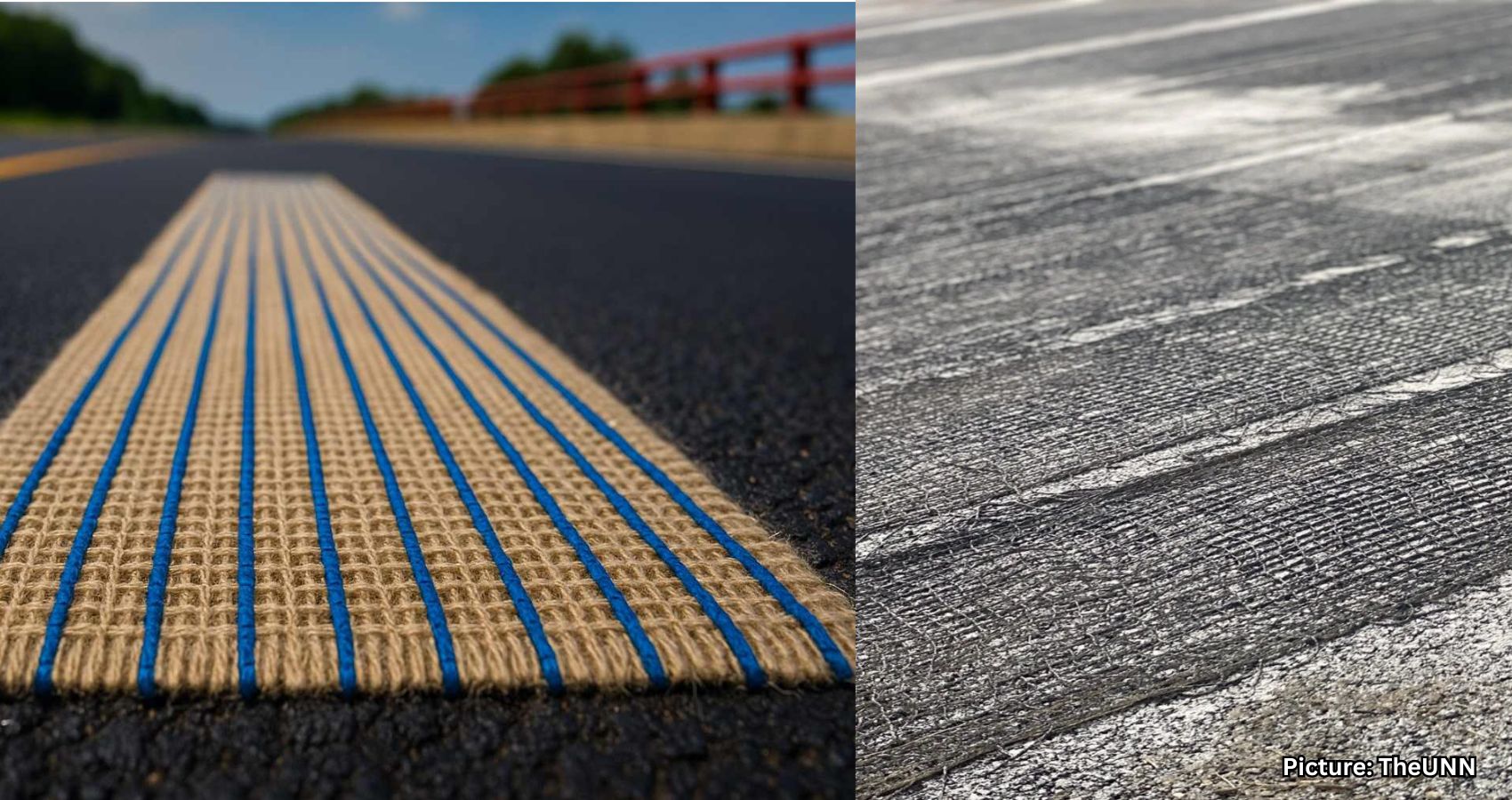Researchers at Germany’s Fraunhofer Institute have developed an innovative AI fabric that predicts road damage, promising to enhance infrastructure maintenance and reduce traffic disruptions.
Road maintenance may soon undergo a significant transformation thanks to advancements in artificial intelligence. Researchers at the Fraunhofer Institute in Germany have created a fabric embedded with sensors and AI algorithms designed to monitor road conditions from beneath the surface. This cutting-edge material has the potential to make costly and disruptive road repairs more efficient and sustainable.
Currently, decisions regarding road resurfacing are primarily based on visible damage. However, cracks and deterioration in the layers beneath the asphalt often go unnoticed until they become critical issues. The innovation from Fraunhofer aims to address this problem by providing early warnings of potential damage.
The system utilizes a fabric made from flax fibers interwoven with ultra-thin conductive wires. These wires are capable of detecting minute changes in the asphalt’s base layer, signaling potential damage before it becomes visible on the surface. Once the fabric is installed beneath the road, it continuously collects data about the road’s condition.
A connected unit located on the roadside stores and transmits this data to an AI system that analyzes it for early warning signs of deterioration. As vehicles travel over the road, the system measures changes in resistance within the fabric. These changes indicate how the base layer is performing and whether cracks or stress are developing beneath the surface.
Traditional road inspection methods often rely on drilling or taking core samples, which can be destructive, costly, and limited to small sections of pavement. In contrast, this AI-driven system eliminates the need for invasive testing, allowing for a more comprehensive understanding of road conditions.
By shifting from a reactive approach to a predictive one, transportation agencies could prevent deterioration before it becomes expensive to repair. This proactive strategy could extend the lifespan of roads, reduce traffic delays, and enable governments to allocate infrastructure funds more effectively.
The true strength of this innovation lies in the combination of AI algorithms and continuous sensor feedback. The machine-learning software developed by Fraunhofer can forecast how damage may spread, helping engineers prioritize which roads require maintenance first. Data collected from the sensors is displayed on a web-based dashboard, providing local agencies and planners with a clear visual representation of road health.
The project, named SenAD2, is currently undergoing testing in an industrial zone in Germany. Early results indicate that the system can identify internal damage without disrupting traffic or causing road damage. This smarter approach to road monitoring could lead to fewer potholes, smoother commutes, and reduced taxpayer spending on inefficient repairs.
If adopted on a larger scale, cities could plan maintenance years in advance, avoiding the cycle of patchwork fixes that often frustrate drivers. For motorists, this means less time spent in construction zones, while local governments benefit from improved roads based on data-driven insights rather than guesswork.
This breakthrough exemplifies the merging of AI and materials science in addressing real-world infrastructure challenges. While the system will not render roads indestructible, it can significantly enhance the intelligence, safety, and sustainability of road maintenance.
As cities consider adopting this technology, the question remains: Would you trust AI to determine when and where your city repaves its roads?
Source: Original article

